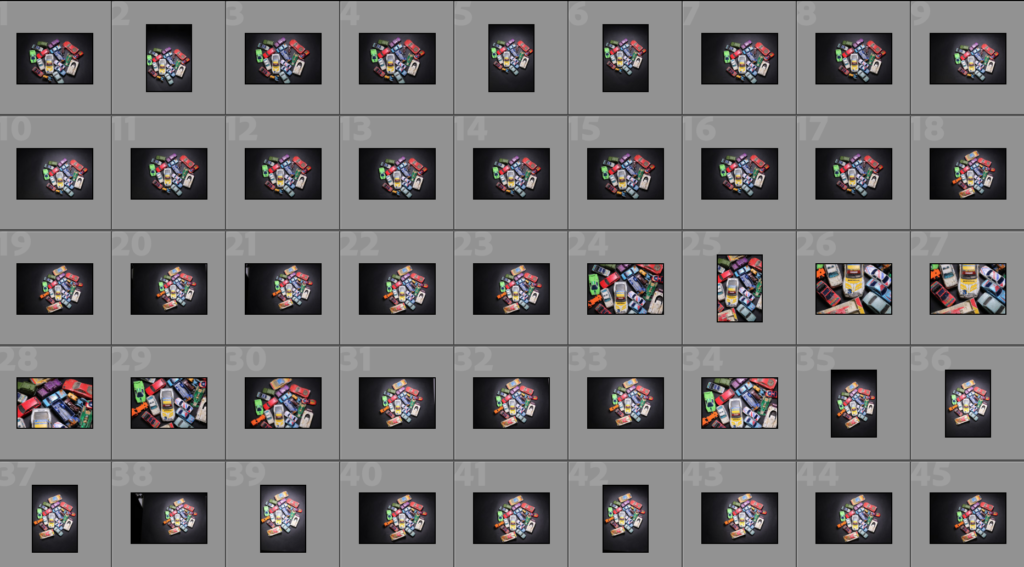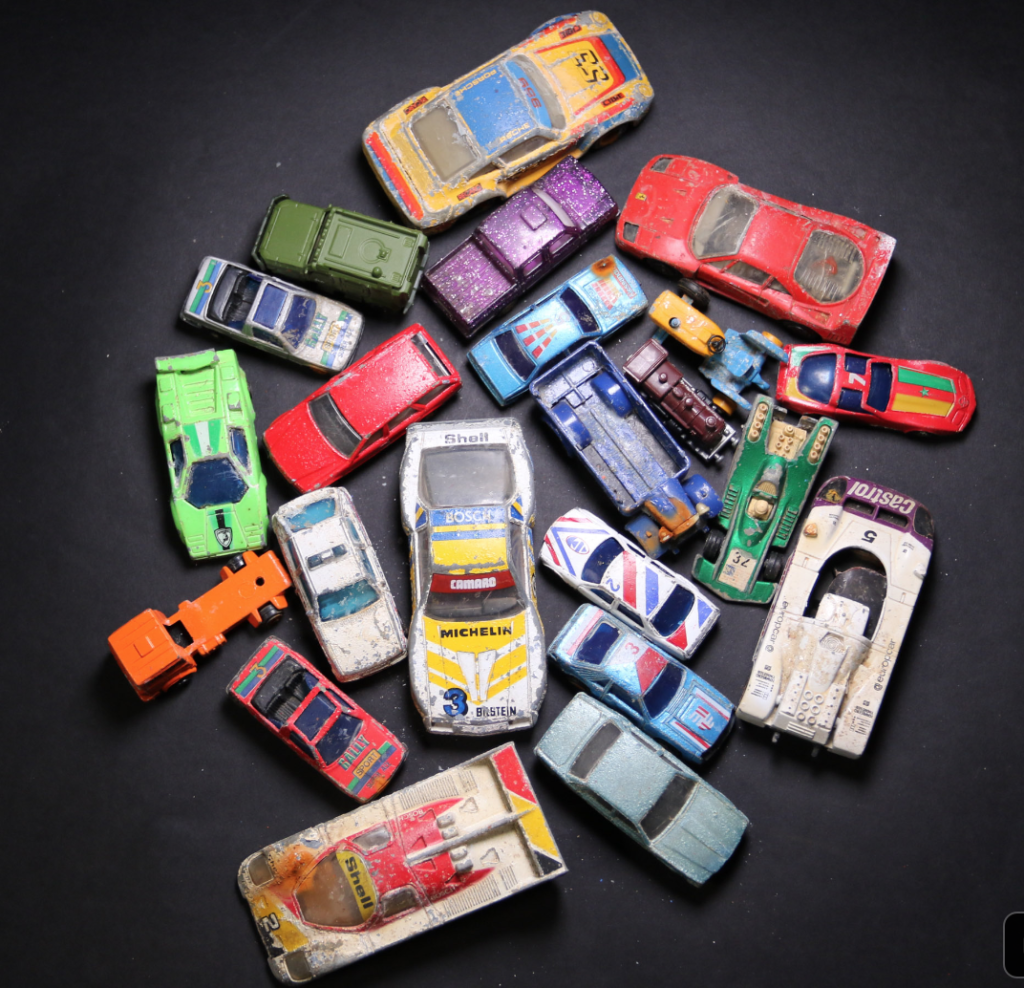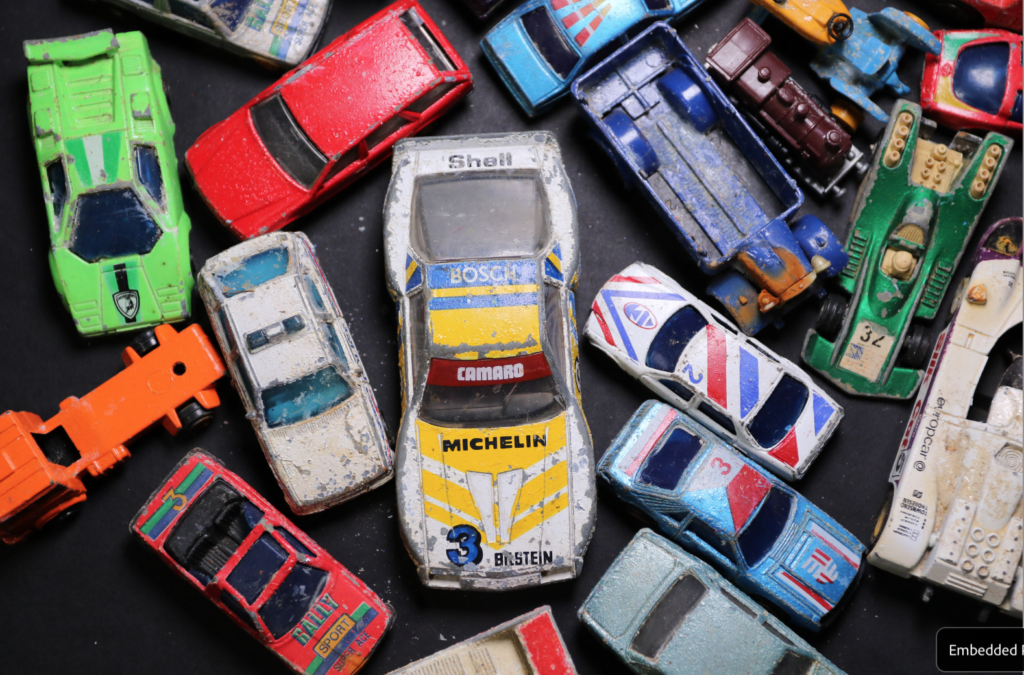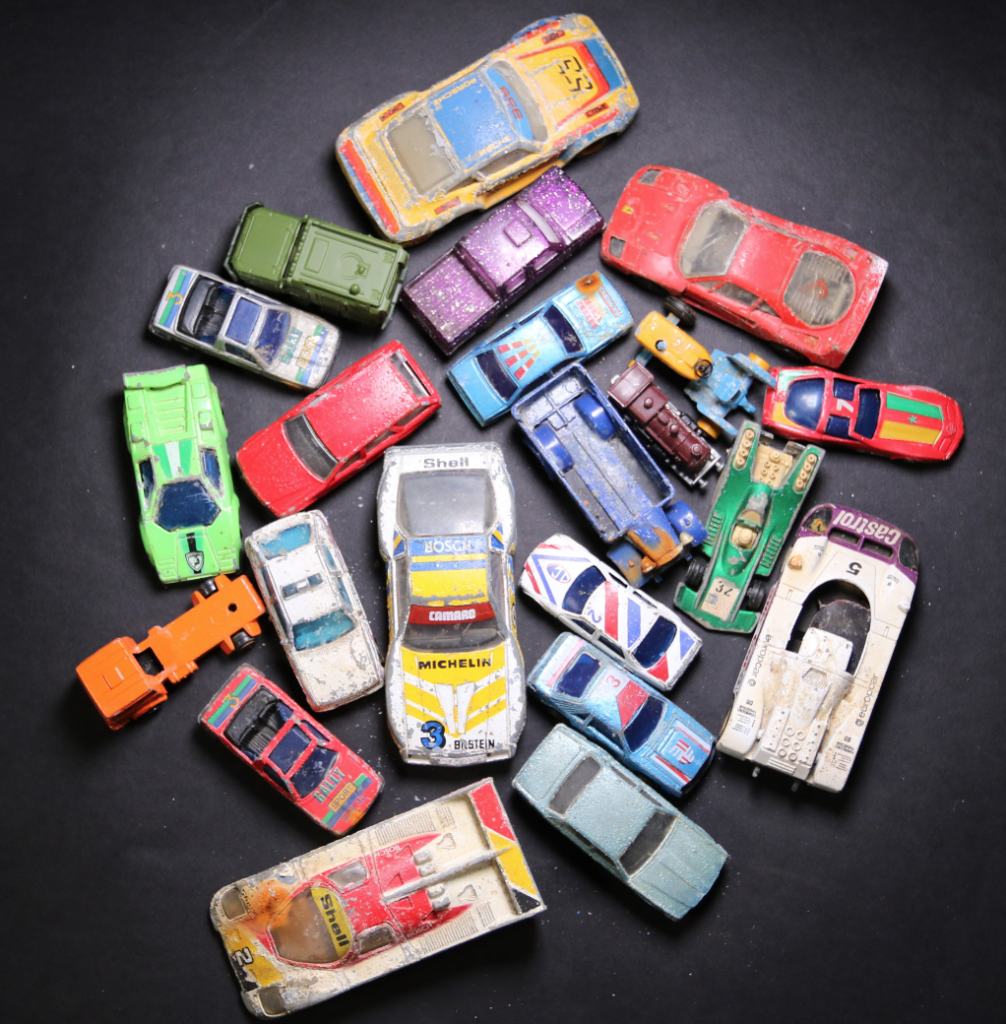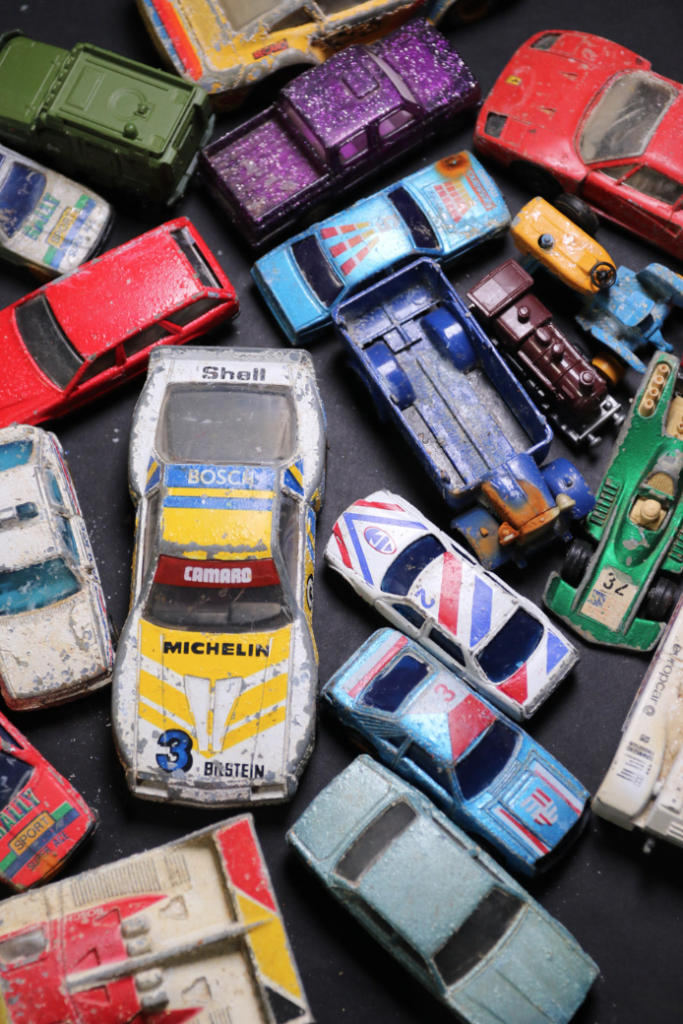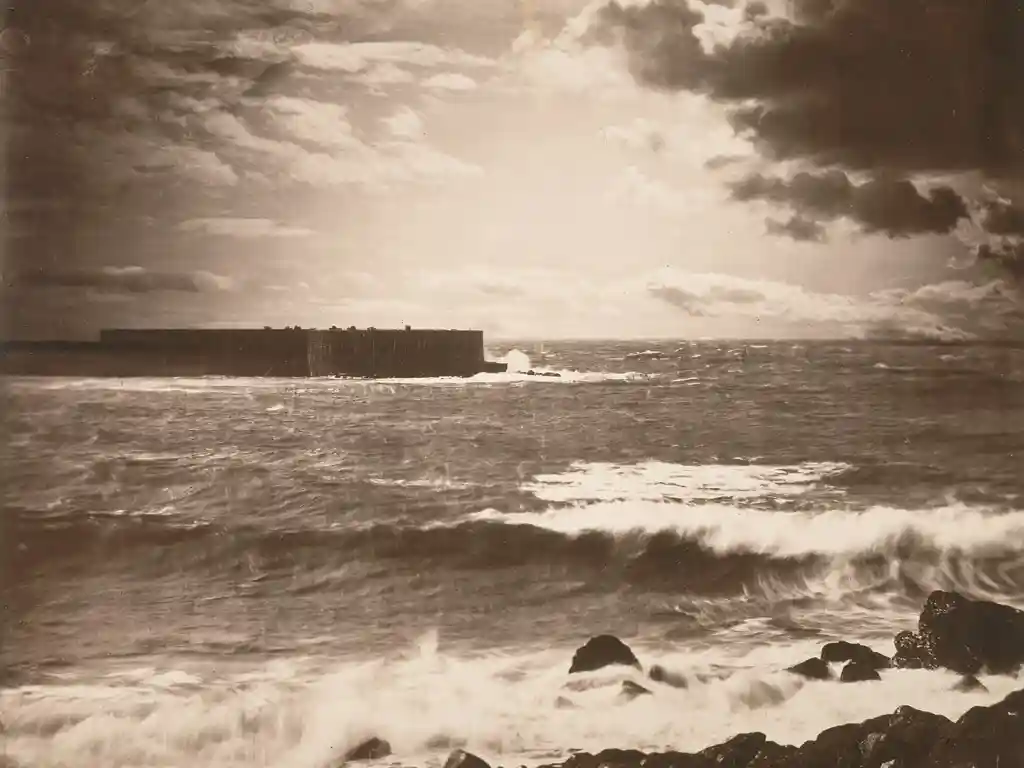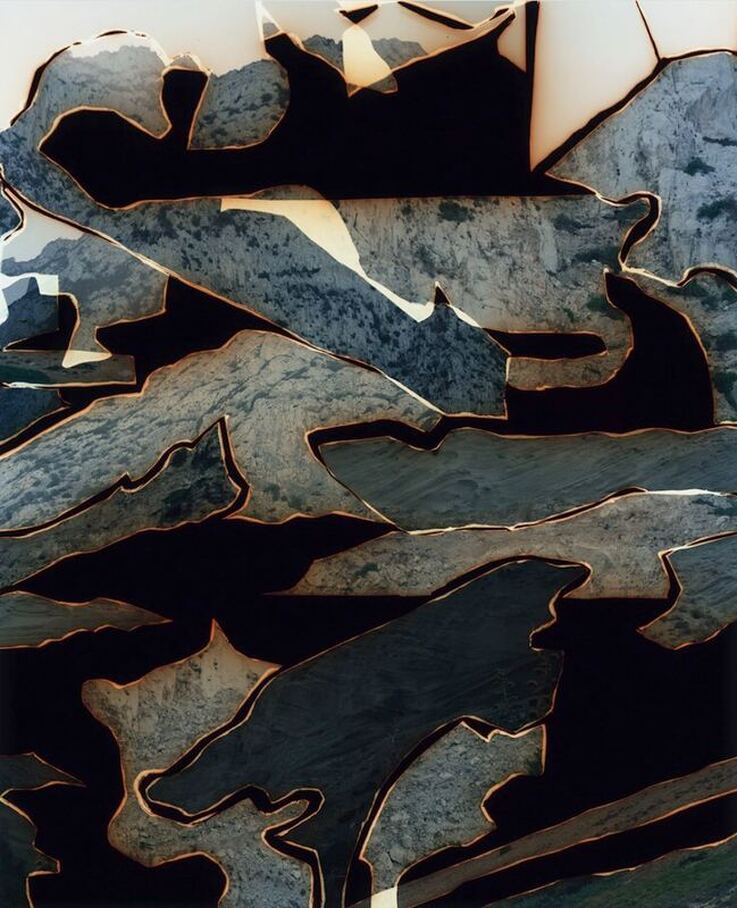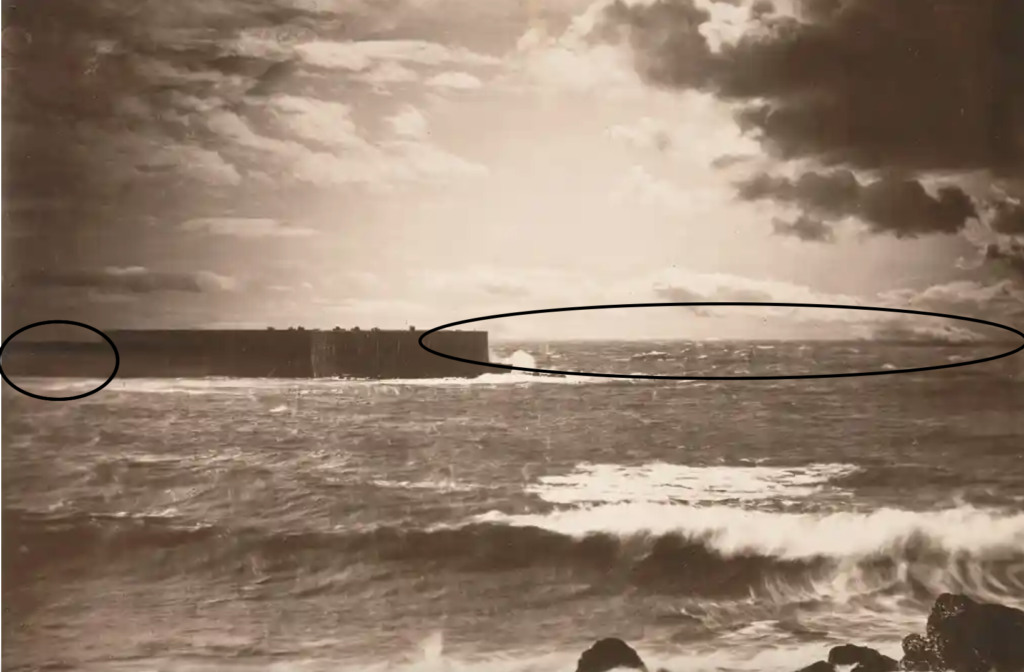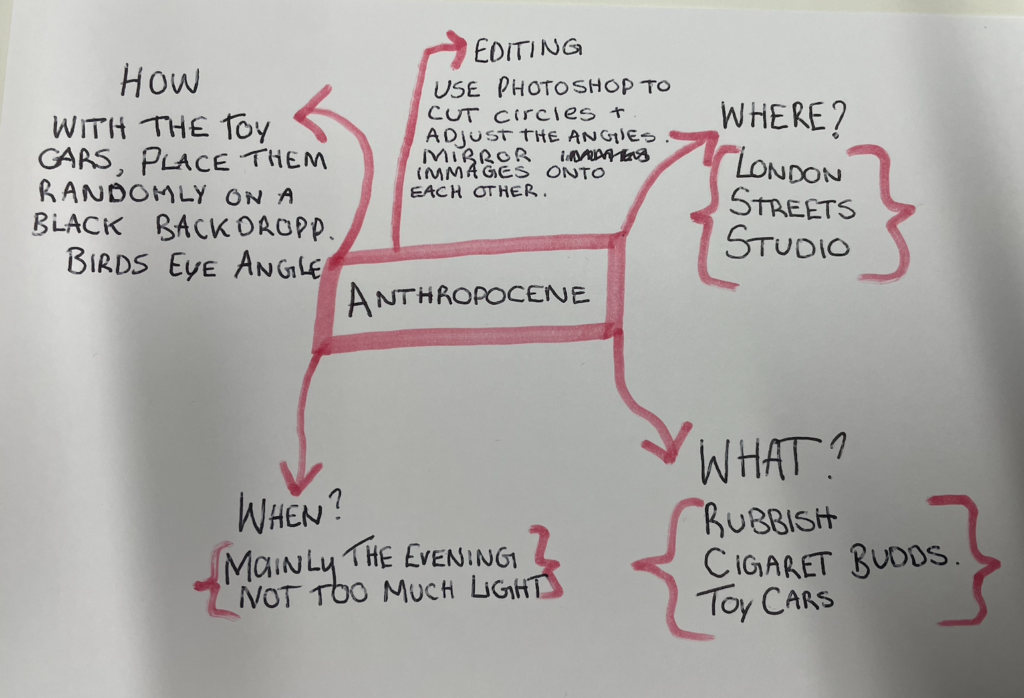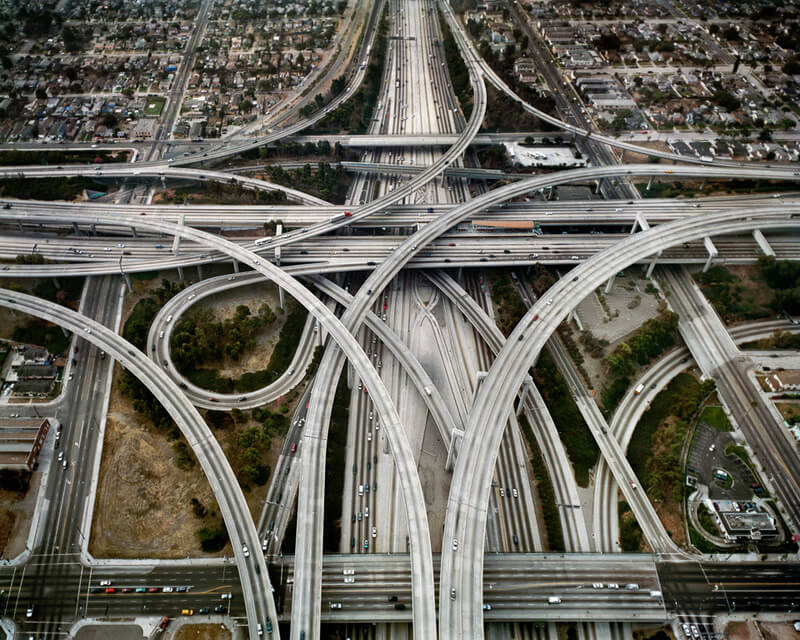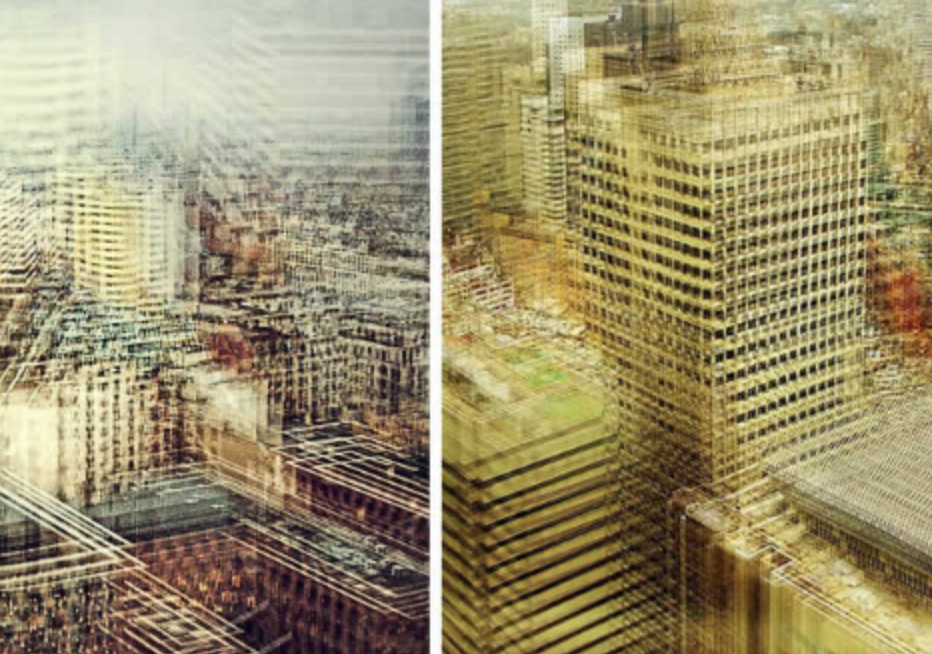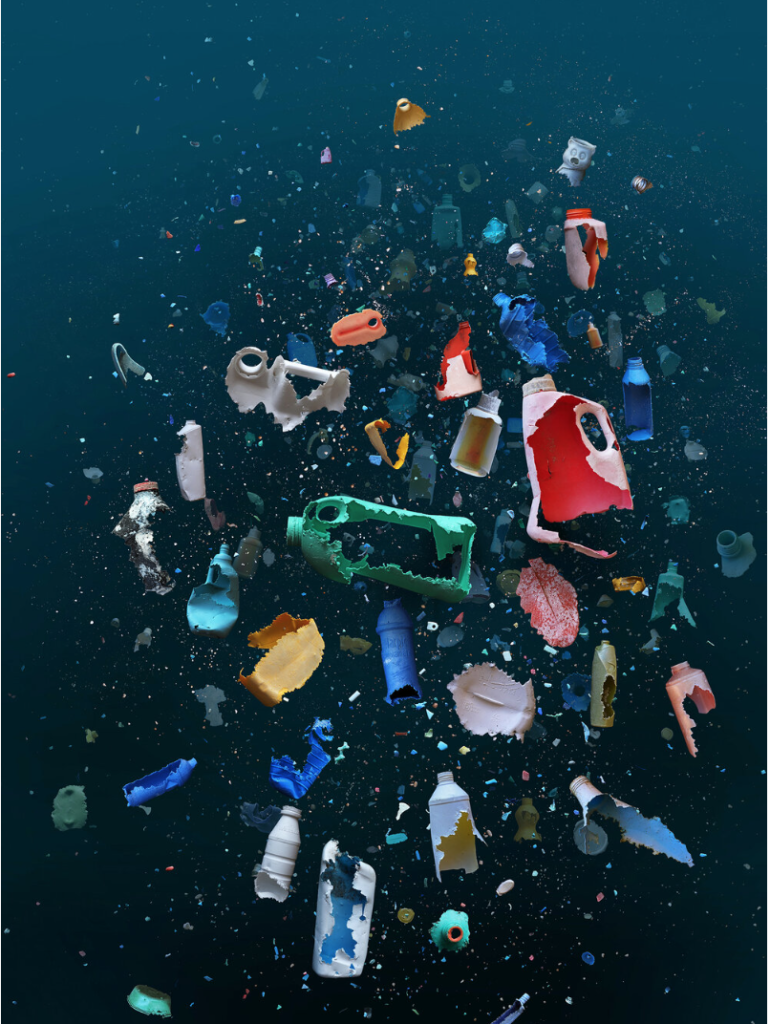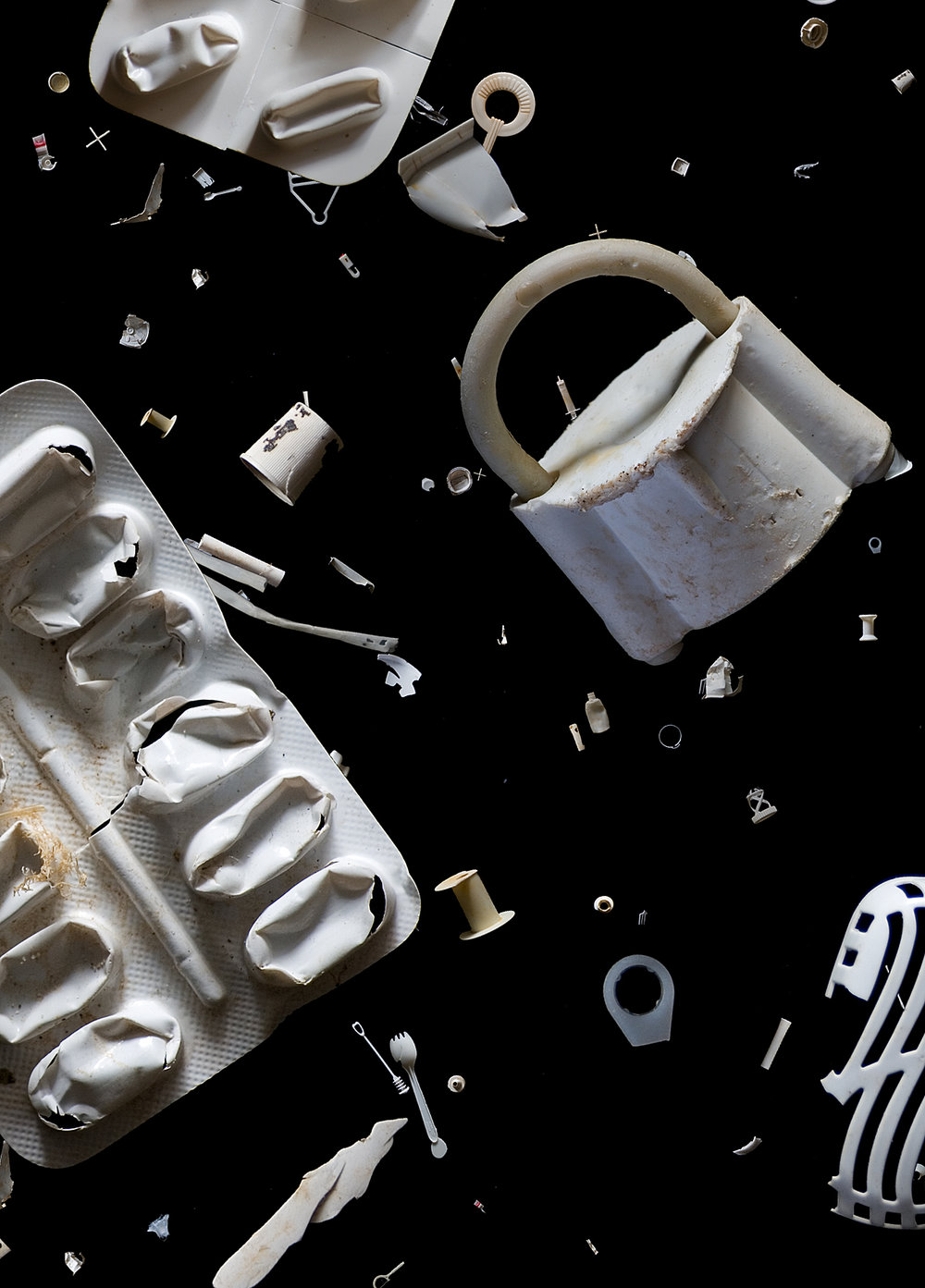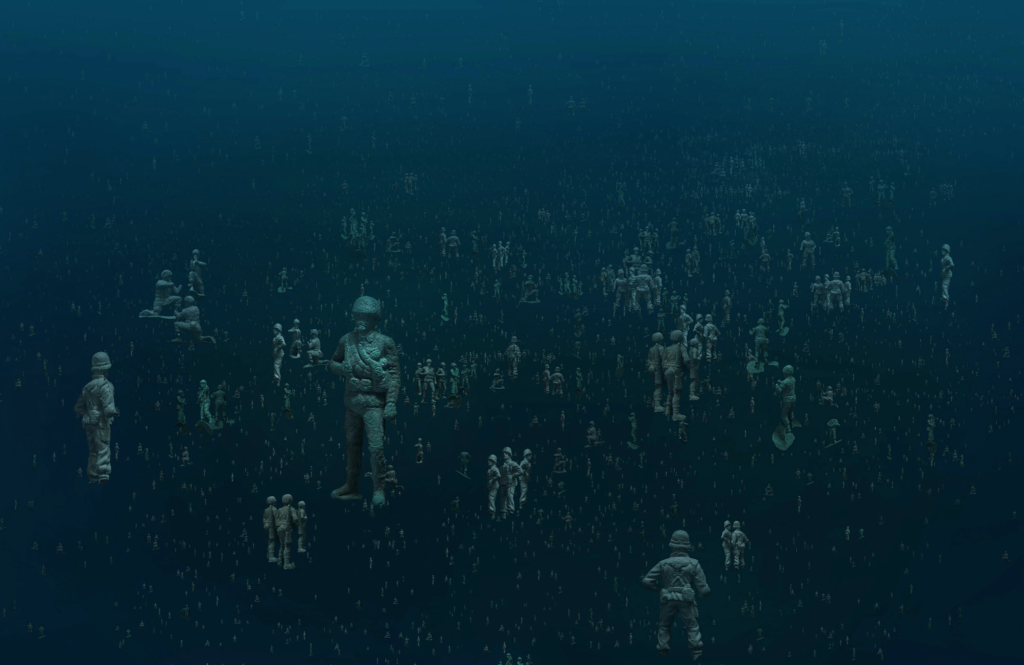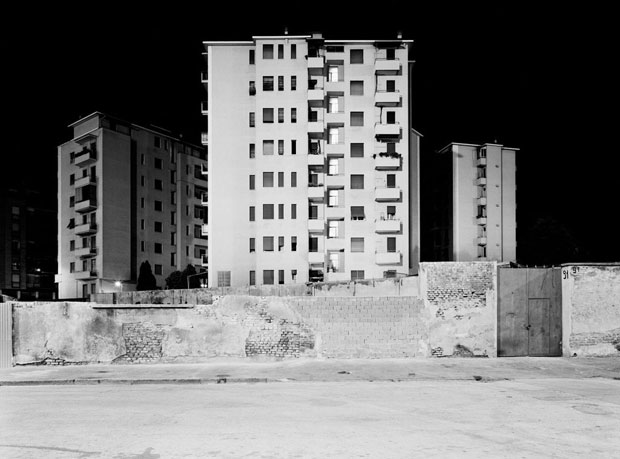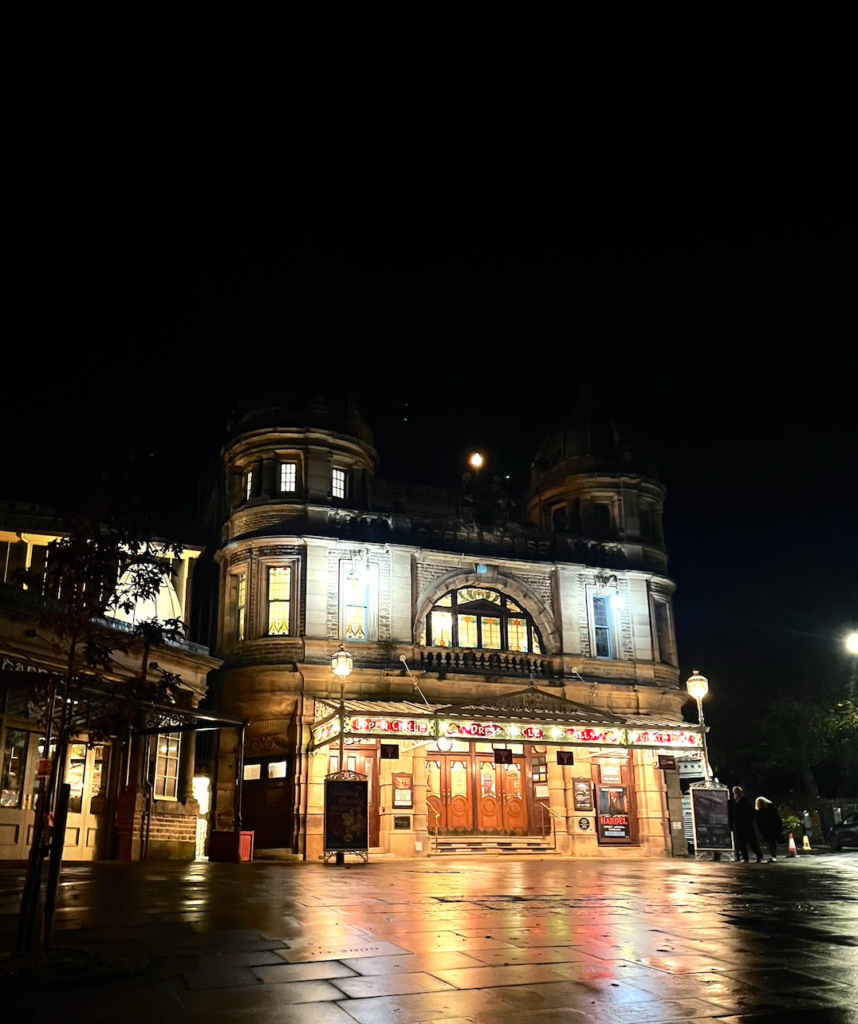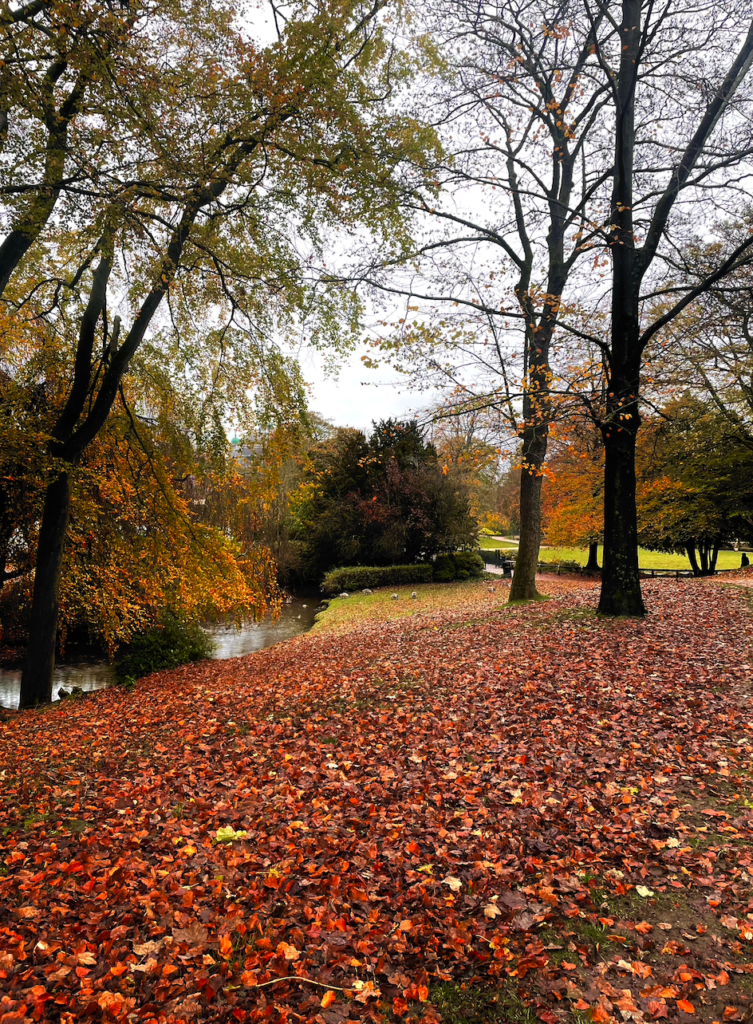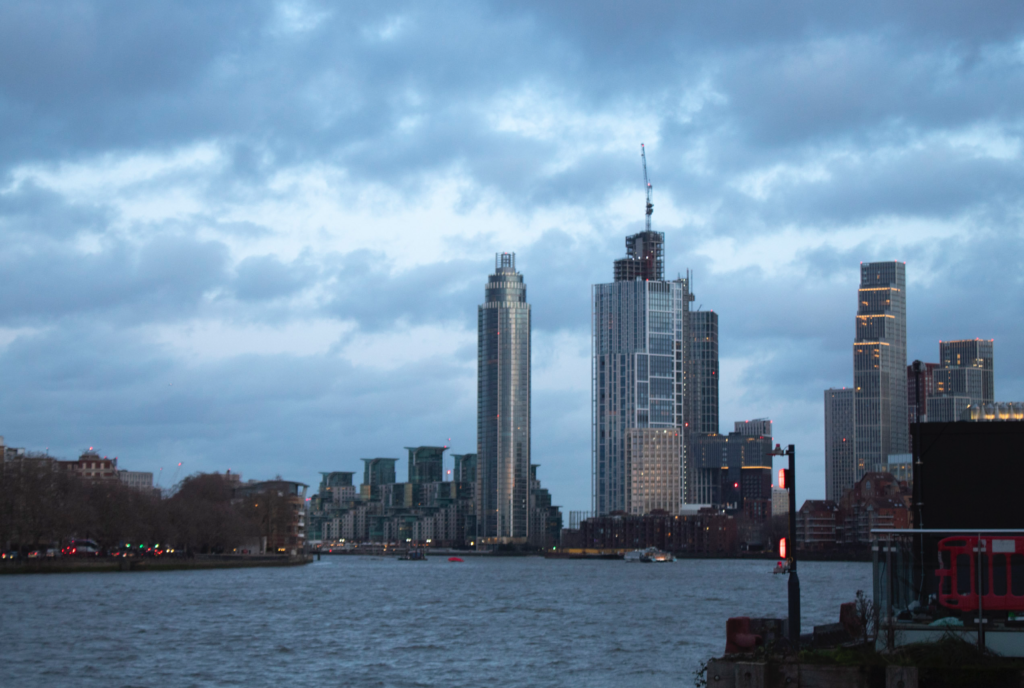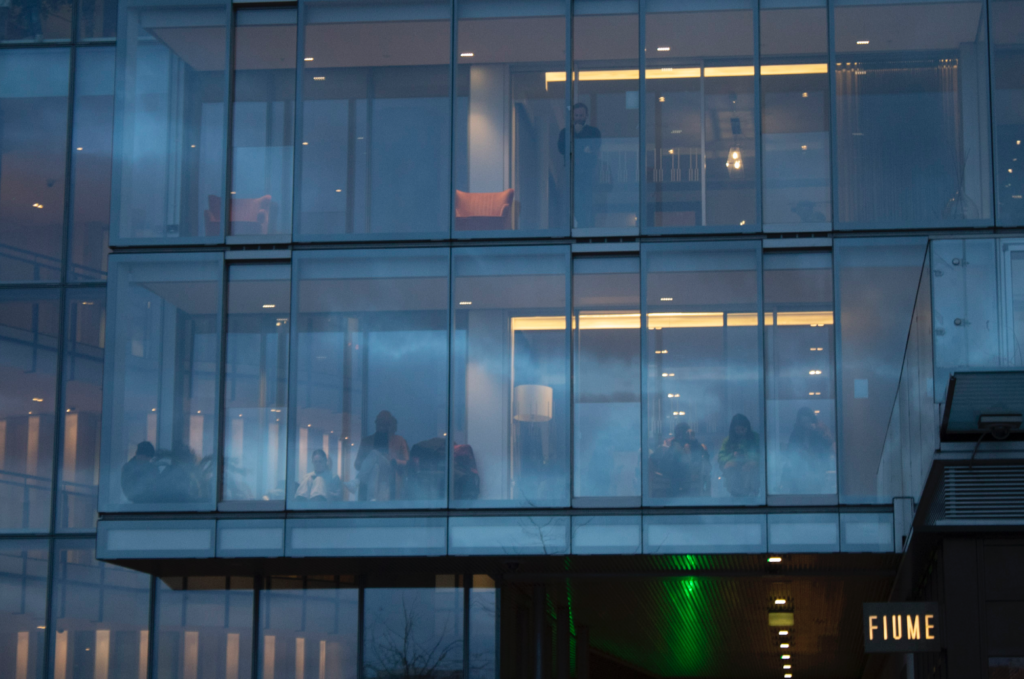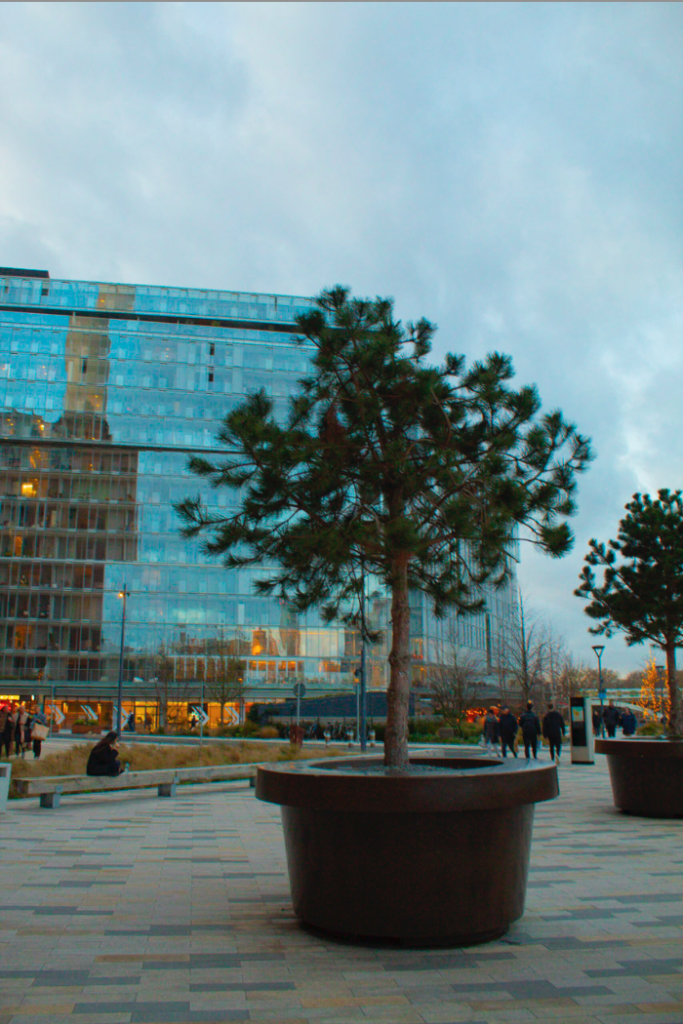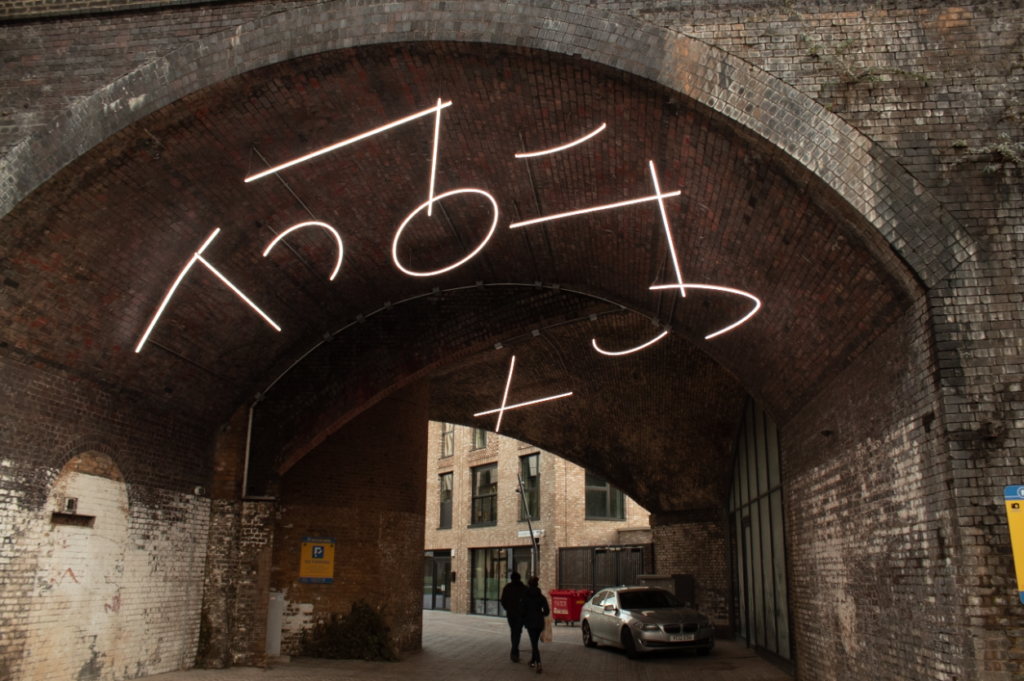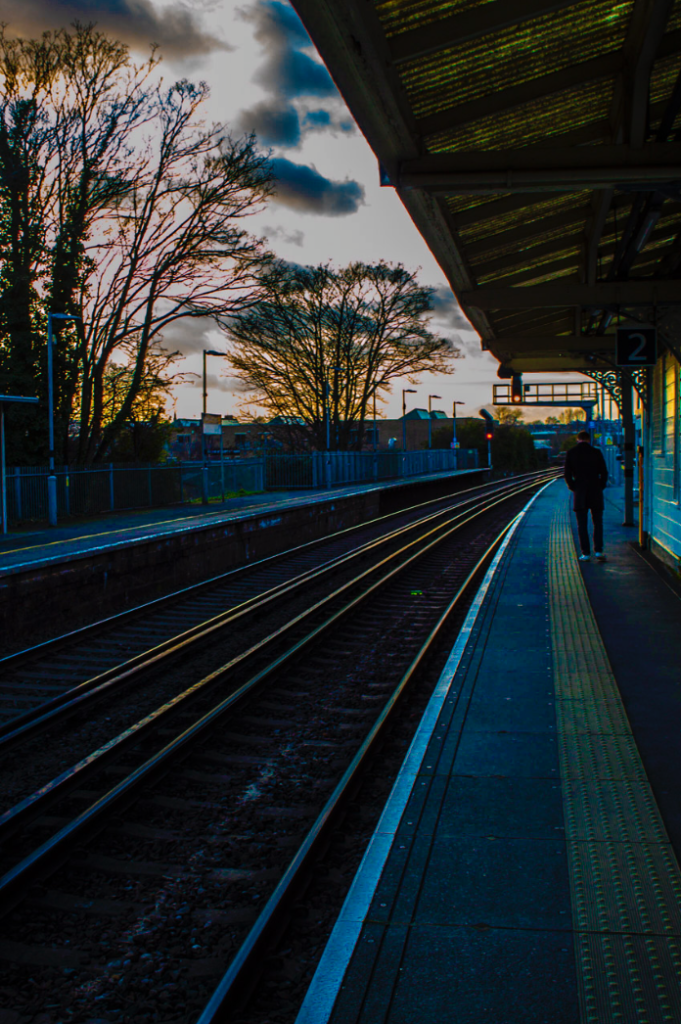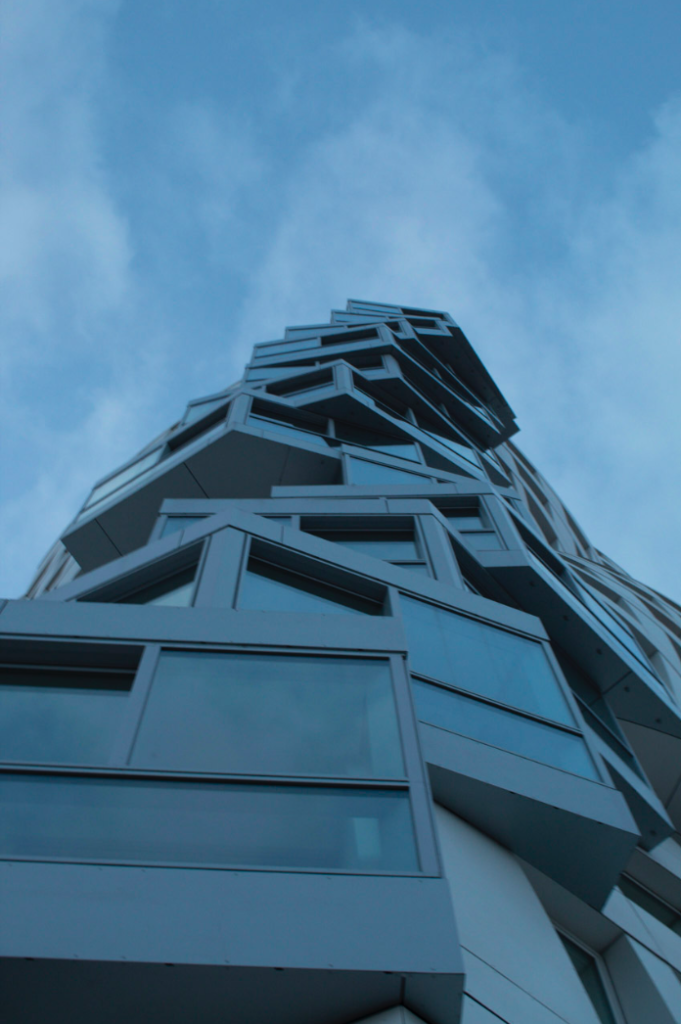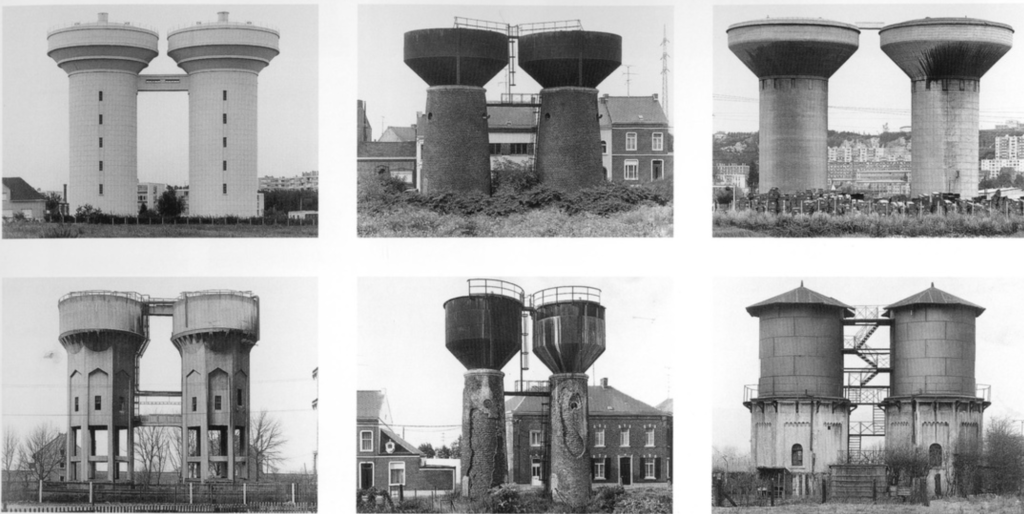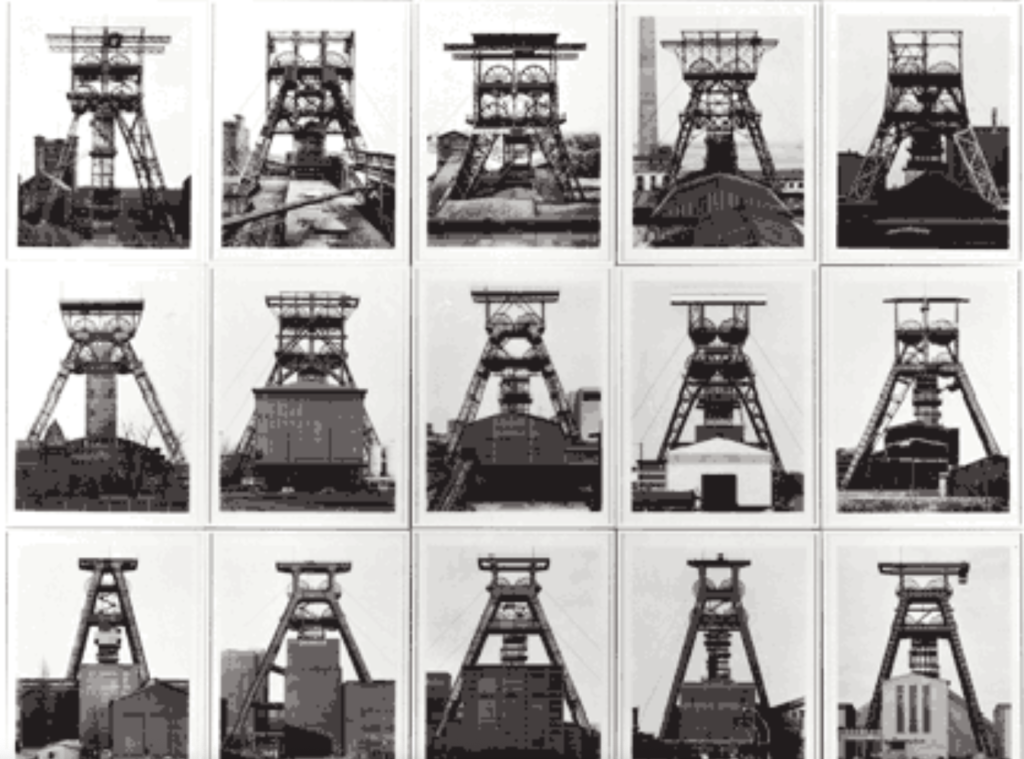Gustave Le Gray
Le Gray was born in 1820 near Paris and trained there as a painter. Around 1847 he took up photography. Before making the marine images, he became one of the most renowned pioneers of the new art. His architectural, landscape and portrait photographs, his writings, teaching and inventions were all highly influential.
His most famous photographs was The Great Wave, which is a dramatic piece due to the multiple techniques he used to create it, he took two negatives to create one photograph.He took the view on the Mediterranean coast near Montpellier. At the horizon, the clouds are cut off where they meet the sea. This indicates the join between two separate negatives. The combination of two negatives allowed Le Gray to achieve tonal balance between sea and sky on the final print. It gives a more truthful sense of how the eye, rather than the camera, perceives nature.
Dafna Talmor
Talmor is a London based photographer who practices encompasses photography, spatial interventions, curation and collaborations.
She creates her work by using two different negatives and cutting them up with a scalpel to merge the photos together when developing them. Talmor combines colour negatives of landscapes that she has been collecting for years and transforms them into visually striking compositions that are devoid of man made structures.
Similarities of Talmor and Le Grays work.
Both the artistes refer to their work as compositions of man made structures and land, its also both described as constructed landscapes as the photo doesn’t show the truth of the content in the photo.
The similarities in both their work is that they both have cut up film negatives to create a creative collage to create one photo.
Differences within the two photographers is that Le Grays combination of the two negatives he has used has a clean finish and there is not an obvious mark of the merge of the photographs, compared to Talmor her work shows the obvious marks of the film cut up’s.
I would describe these photos as artistic, abnormal and unique due to the irregular technique used to create the photos.
If i was to choose where to live out of the two photos i would choose to live in the first one, Talmors work due to the clam water and hoe the sky is less cloudy, it seems a lot more peaceful compared to Le Grays photo as the sea is rough implying bad weather and the clouds are darker.
